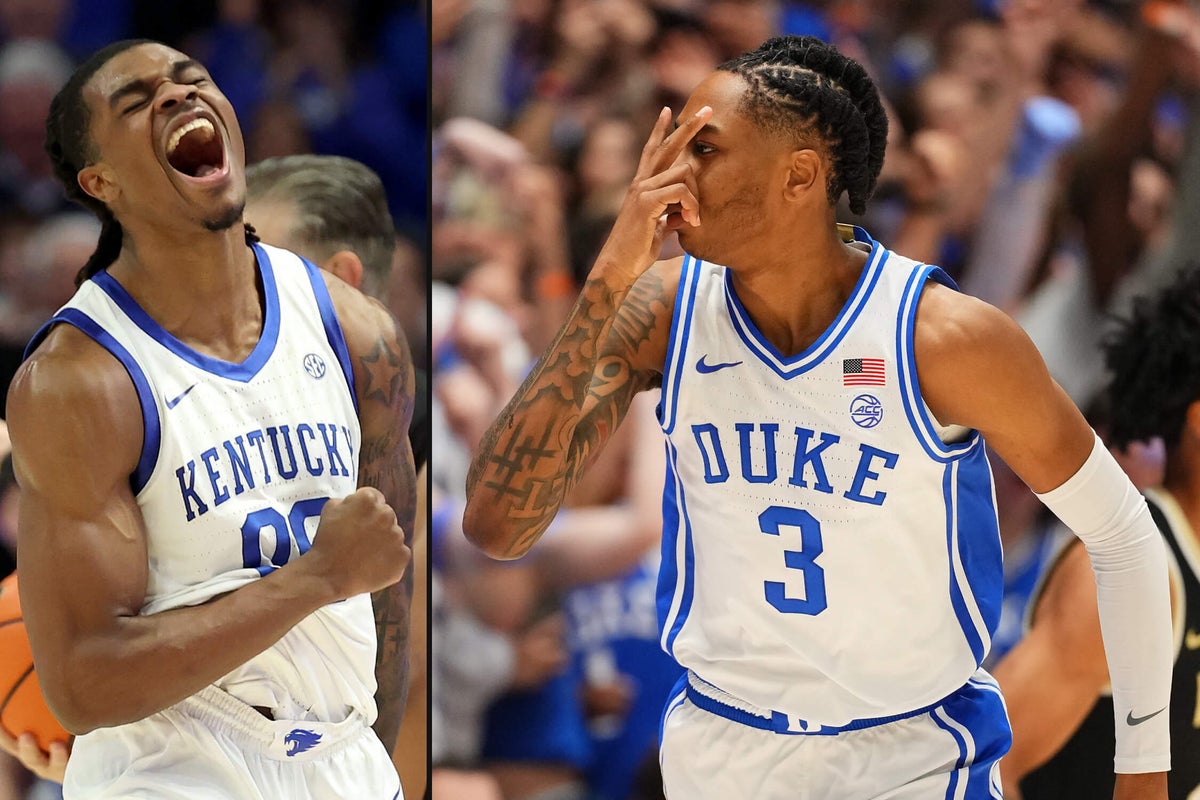The NBA Draft is always a pivotal moment for college basketball programs and the athletes who dream of making it to the professional ranks. Each year, the early entry deadline for the draft prompts a wave of decisions that can reshape the landscape of college basketball — as well as the NBA itself. This year’s draft withdrawals have delivered clear winners and losers among the NCAA’s top programs, with Florida emerging as a big beneficiary and Duke finding itself on the losing end.
When the dust settled, Florida’s basketball program looked stronger and deeper. Several key players who had declared for the draft opted to withdraw, returning to Gainesville with renewed determination and experience under their belts. Meanwhile, Duke, a perennial powerhouse and a fixture atop draft boards, saw several of its top prospects officially forgo the chance to return, leaving the Blue Devils with a more uncertain outlook.
The early entry and withdrawal process is a complicated dance for college players. They must weigh the allure of the NBA and the possibility of becoming a professional against the risk of leaving too soon and potentially jeopardizing their future earnings or development. The NCAA rules allow players to test the waters by declaring for the draft, attending combines, receiving feedback from NBA teams, and then withdrawing by a set deadline to retain college eligibility. This window is often the source of intense speculation and anxious waiting for college programs.
For Florida, the 2025 NBA Draft withdrawal period was a turning point. The Gators had several players declare early — a signal that the program had attracted top-tier talent ready for the next level. But when those players opted to withdraw, it was a testament to Florida’s ability to not only recruit but also develop NBA-caliber athletes who recognize the value of returning to school for another year.
One of the marquee names from Florida who decided to come back was the sophomore guard who showed flashes of brilliance during the previous season. His decision to withdraw from the draft and return to Gainesville means that Florida retains a dynamic scorer and floor leader. His presence bolsters the Gators’ backcourt, a critical area for any team hoping to make a deep NCAA Tournament run.
Additionally, a promising forward who flirted with early entry also withdrew. This player’s combination of size, athleticism, and defensive potential makes him a key piece for Florida’s frontcourt. His decision to return suggests he values further refinement of his game before taking the leap to the NBA. Florida’s coaching staff, led by their veteran head coach, has earned praise for nurturing talent and preparing players both mentally and physically for the pro game. This development pipeline is crucial, especially for programs outside the traditional blue bloods of college basketball.
The collective return of these early-entry players creates a powerful core for Florida. It also sends a message to recruits and the broader basketball world that the Gators are building a program where players can grow and increase their draft stock while competing at a high collegiate level. In the competitive SEC and nationally, this could translate into more wins, higher rankings, and a more vibrant basketball culture in Gainesville.
By contrast, Duke’s draft withdrawals were a significant blow. Duke’s reputation as a premier breeding ground for NBA talent has been built on consistently producing one-and-done stars — players who enter the draft after one college season and then quickly turn pro. This year, several top Blue Devils who had tested the draft waters chose to remain in the draft, officially ending their college careers. These departures leave Duke with a thinner roster and fewer proven stars.
The loss of these players is more than just a numbers issue. Duke’s brand relies heavily on having elite NBA prospects on campus, which in turn attracts the next generation of blue-chip recruits. When the NBA Draft withdrawals lean toward leaving the program, it disrupts recruiting momentum. Incoming prospects often look at recent draft outcomes to judge a program’s ability to prepare players for the NBA. This year’s situation forces Duke’s coaching staff to rebuild their roster more quickly and adjust their game plan accordingly.
One high-profile Duke guard declared for the draft and did not withdraw, confirming his move to the NBA. His decision was expected but nonetheless leaves a hole in Duke’s backcourt. Another versatile wing, who showcased potential as a lockdown defender and secondary scorer, also stayed in the draft. These departures mean Duke must rely more heavily on underclassmen and incoming freshmen to fill the void, a challenge that can lead to growing pains during the season.
The Blue Devils’ frontcourt is also impacted. A highly regarded big man, who entered the draft with strong buzz from scouts, did not return, further thinning Duke’s front line depth. Without this presence, Duke’s interior game might struggle against the physically imposing teams they’ll face in the ACC and beyond.
This dynamic shift in roster composition may prompt Duke to adjust its recruiting strategy, potentially targeting more experienced players or transfers to offset the draft losses. The Blue Devils have the brand power to attract top talent, but losing multiple players to the draft at once creates pressure to quickly re-stock with quality athletes who can contribute immediately.
In the broader context of college basketball, this development highlights a growing trend: the balance of power is shifting. Programs like Florida, once considered underdogs in terms of recruiting NBA talent, are increasingly becoming destinations for elite players who see value in development and competition. Meanwhile, traditional powerhouses like Duke face the challenge of maintaining their dominance amid evolving player priorities and the lure of early professional opportunities.
The implications of these NBA draft withdrawals extend beyond just team rosters. They impact coaching strategies, recruitment, and even fan expectations. For Florida, the return of key players means higher hopes for a breakout season. Fans and analysts alike are now placing Florida on the national map as a legitimate contender, with a core of players who have NBA potential but are committed to winning at the collegiate level first.
For Duke, the challenge will be to manage the transition smoothly. Coach Mike Krzyzewski’s successor (or current coach if the transition has not happened) faces the task of integrating new talent and rebuilding depth. While Duke will always be a top destination for elite recruits, this year’s draft withdrawals serve as a reminder that no program is immune to the pressures and uncertainties of the modern college basketball landscape.
The NBA Draft withdrawals also underscore the personal decisions faced by the players themselves. For those returning to college, the choice often involves weighing immediate financial gain against the long-term benefits of improved draft stock and personal growth. For those leaving, the leap represents a belief in their readiness to compete at the highest level and an embrace of the professional grind.



